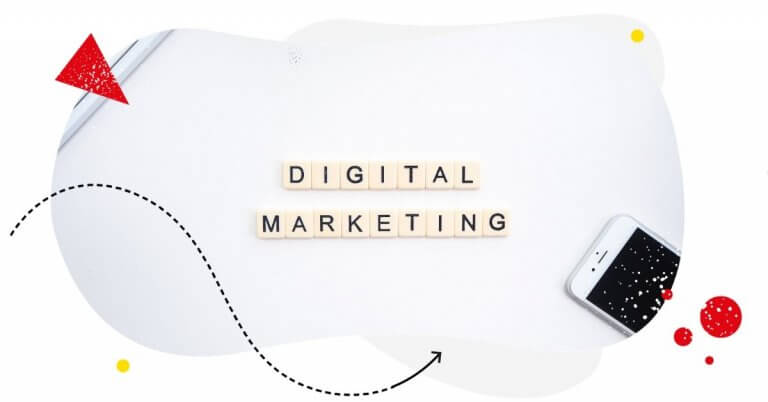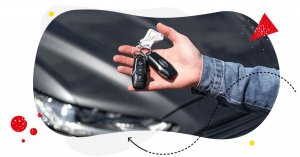Some problems go away if you ignore them long enough. However, the COVID-19 pandemic is a HUGE problem for companies everywhere, and it’s impossible to ignore the issue – it has changed the way business is executed everywhere.
Nonetheless, a lot of owners and managers have failed to shift their marketing strategies to accommodate this temporary ‘new normal’.
Maybe they’re in denial. Perhaps they’re anxious to preserve a sense of normalcy in the midst of so much chaos. Whatever the reason, this inability to adapt will only cause more problems and could even threaten a company’s survival.
On the other hand, some organizations that were used to sealing the deal with a handshake are adopting digital marketing and remote workforces to close.
These forward-thinkers are not only embracing the COVID-19 era but also fortifying a much-needed recession resiliency.
The impact of COVID-19 on businesses
Although no business has been unscathed by the pandemic, those that are suffering most are smaller startups that may not have the capital or reserves to stay afloat and companies that relied heavily on face-to-face interactions, like hair and nail salons, clothing stores, and yoga studios.
Accustomed to growth spurred by customer referrals and their stellar service reputations, they have experienced such high revenue losses that their instinctive reaction has been to cut marketing costs instead of exploring new and more effective options.
In turn, this knee-jerk reaction has had a detrimental ‘trickle’ effect on larger B2B companies that serve these smaller businesses.
All businesses, from neighborhood niche providers to mega-multinationals, can benefit from digital marketing. Customers need what they have to offer as much as ever—what these companies have to do is change the way they reach their audiences. Even if a smaller enterprise doesn’t have a Facebook page (and an estimated one in four small business owners don’t), it’s not too late to join the ranks of the businesses that are thriving online.
How to shift a business online
Before the pandemic, everyone knew which local business sold the best artisan donuts or handcrafted essential oils in town.
Now that these companies have been ordered closed because their industry was deemed nonessential, no one knows which ones are still in business and where they should spend their money.
It’s time for these affected businesses to make the transition from brick and mortar storefront to a digital provider by speaking to their customers, reviving neglected online assets like their website and social media profiles, and pushing full speed ahead.
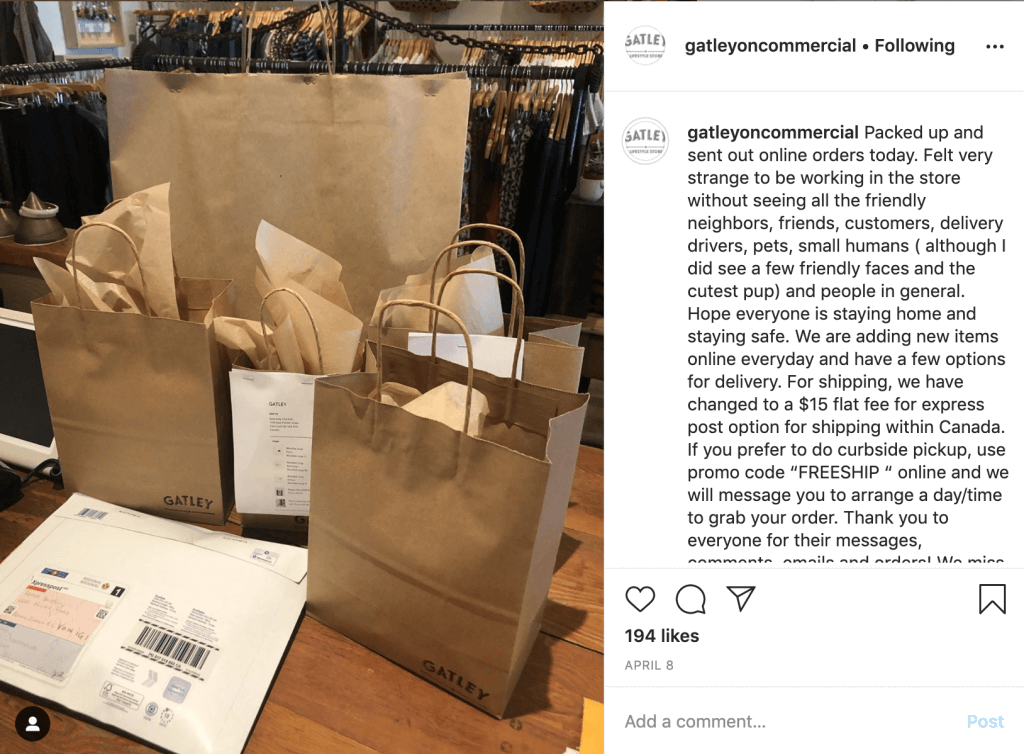
Speaking to customers
The first step is to start a dialogue between business and customers and keep it going. For companies that never collected email addresses, compiled a database, or engaged regularly with their followers, it’s time to build connections that are critical to business continuity.
- Send a coronavirus email. Any business whose product or service delivery is affected by COVID-19 should contact customers via email, explain how operations have changed (e.g. curbside pickup only or certain in-person services now available via video).
- Mention COVID-19 changes in an existing newsletter. Companies with an existing newsletter can alert subscribers about any coronavirus-related changes in the next edition.
- Make an announcement on social media. A public post on Facebook or Instagram informs customers who may not be on an email list or subscribe to a newsletter.
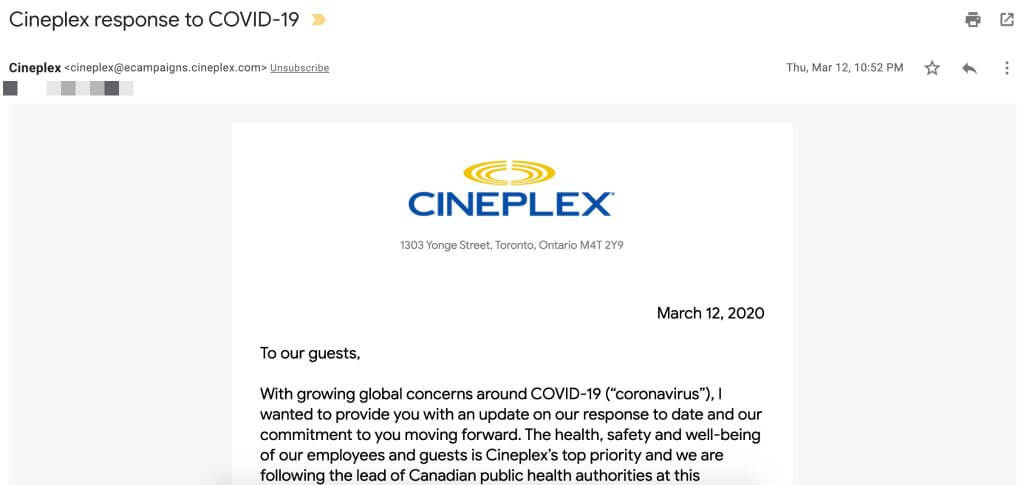
Turbo-charging the company website
Now is an opportune time to invest in longer-term investment channels, particularly if a marketing budget can be shuffled in that direction.
The world is noisy and uncertain now, so outbound tactics can probably be shifted to building out inbound assets, like the company blog, and sales enablement materials.
For example:
- Announcing on the homepage that the business is still open to supporting its clientele. Include a link to an FAQ where customers can get more information about service hours and delivery methods.
- Updating product or service pages with new photos and descriptions. Temporary specials or discounts could be offered to encourage orders.
- Setting up an e-commerce system for taking online orders. Many web hosts include Stripe integration in their advanced hosting packages. Small businesses can also sign up for platforms like Shopify or Etsy, which have e-commerce capability. A lot of people use Paypal, so setting up a business account can encourage sales.
Companies that have traditionally sold products out of a storefront may question the wisdom of building digital assets like an online store, believing that they can’t compete with larger e-tailers like Amazon.
However, thanks to a surge in online shopping and increased social media activity, people are now waiting over a month to get their Amazon orders, and nobody’s happy about it.
If they learn that an independent business is selling what they want and that they’ll get it in days instead of weeks, they’ll respond – fast.
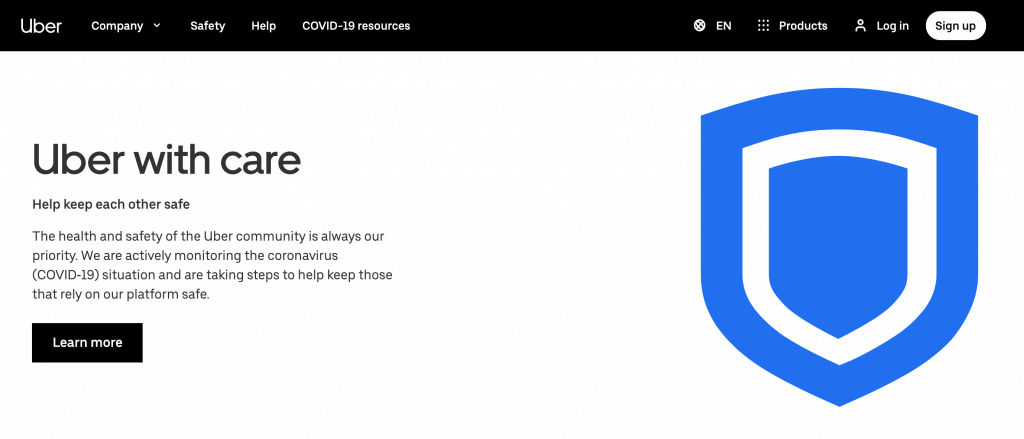
Getting started with SEO marketing
Coronavirus has changed the way that consumers shop. Approximately 47% of polled respondents stated that they are avoiding malls and shopping centers.
On the other hand, SEO is undergoing an equally strong uptick, with some brands reporting a significant increase in their organic search visibility from January to March 2020.
The message is clear: it’s time to invest in, not cut back on, SEO. Not only is it one of the most cost-effective digital marketing strategies, but it’s also delivering proven results.
Recommended steps for building a high-impact SEO strategy during COVID-19 include:
- Publishing content designed to build trust. Self-isolation, social distancing, and other COVID measures have made consumers more cynical. According to a Forrester report, they don’t trust companies to follow through on promises. Brand messages need to be crafted so that they educate, inform, and reassure instead of bluntly demanding a purchase.
- Proactively managing the corporate web presence. Trustworthiness carries a lot of weight with Google, which is one of the reasons why it is crucial for companies to carefully manage their online brands. Updating product availability, keeping the Google My Business page current, monitoring traffic sources, and keeping customer data secure can all present the image of a trustworthy business.

Social media management made easier
Manage multiple social profiles with one simple tool. Analytics, reports, scheduling, automation, and more. Try it for free:
Try NapoleonCat free for 14 days. No credit card required.
Building a social media presence
With business social media accounts, now is the time to ramp up the content and conversations. More and more people are dealing with self-isolation and social distancing by going online to get the latest news, seek information, and entertain themselves.
According to one Facebook report, there has been a 70% increase in time spent on the application in Italy. A March 2020 survey of U.S. social media users found that 43.1% of respondents would use Instagram more if confined to their homes while 63.7% and 62.3% said their usage of YouTube and Facebook would increase.
Now is a prime opportunity to grow business accounts by putting out useful content that doesn’t aim for a hard sell. The goal is to build an online following and ways to do that include:
- Sharing useful tips, such as how to be the most productive while working from home or ways to save money on grocery bills.
- Posting humorous content, like funny videos and memes.
- Building a strategic partnership with an influencer. Studies have shown that 63% of consumers trust influencers more than brands, and COVID-19 cutbacks have left influencers across a wide range of industries willing to make their services available for a reasonable price.
With comparatively little cost and effort, a company can realize results that continue to benefit them long after the lockdown is over.
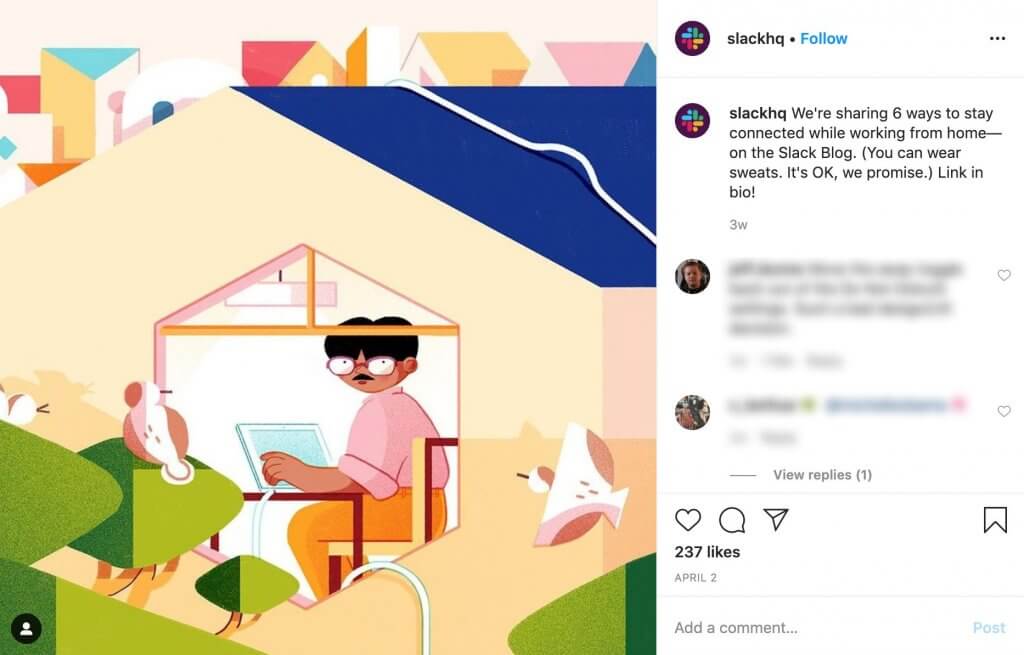
Creating advertisement campaigns online
The thought of running an online advertising campaign can be overwhelming for companies that have always thrived from word-of-mouth. While they can ask customers to tell friends and family that they’re still in business, a campaign can spread the news much faster, and with less effort.
Smart bidding
PPC is an advertising model that lets businesses insert ads in search engine results for their chosen keywords, which they have to bid on in order to win placement. The most common options are Google Ads and social media ads.
Many advertisers today are benefiting from Google’s smart bidding strategies, which use machine learning to optimize their bids for conversion.
Using context hints like time, content, and user device, the smart bidding process determines the likelihood of conversion and creates an appropriate bidding strategy. This degree of automation makes it a recommended PPC tool for new advertisers or those managing multiple campaigns.
Content marketing
Content marketing is an indirect form of advertising, but it’s still a highly effective way to connect with a target audience. When businesses create and share interesting and insightful blogs, infographics, videos, and other content, people will be more likely to engage with and trust the brand, provided that the content is regularly updated so that it remains relevant.
Coupons
Most customers find coupons irresistible, whether they’re in print or digital form, which is why they’re an essential marketing tool. There are dedicated services like Easy Promo and Woobox that let businesses design and distribute their own coupons. They can use different codes for different advertising campaigns in order to identify which ones get the most attention.
Successful online advertising campaigns are within the reach of even the smallest, most niche businesses. By adopting sound strategies and following through on all leads that come through the pipeline, any company can create an affordable campaign that delivers a substantial return on investment.

Shifting daily operations online
There are very few corporations that cannot transition their daily operations online. Thanks to video conferencing tools like Zoom, Whereby, and Skype, executives and managers can communicate with staff and hold client meetings from anywhere. In addition:
- Sales teams can take orders and support customers via email, chat or video. Because they no longer have to commute, they can even start work earlier and stop later, leaving customers with longer support hours.
- Webinars can be held to educate clients. According to InsideSales.com, 73% of sales and marketing influencers say that webinars are one of the best ways to generate quality leads. If the goal is to broadcast live and share the video later, both Facebook and YouTube have a capture and share option.
- Services that were formerly delivered in person are surprisingly amenable to video presentations. Clients can pay online and receive a video link to a live tutorial or session.
Staff education and upskilling is an important part of a successful transition—and why not take this time to enhance your team’s skills?
Online courses are highly affordable, and teams can learn new skills that enable them to support one another whenever one department is down or experiencing issues. Courses on digital marketing are also available to bring staff up to speed on how it works and how to make the most out of all the opportunities out there.
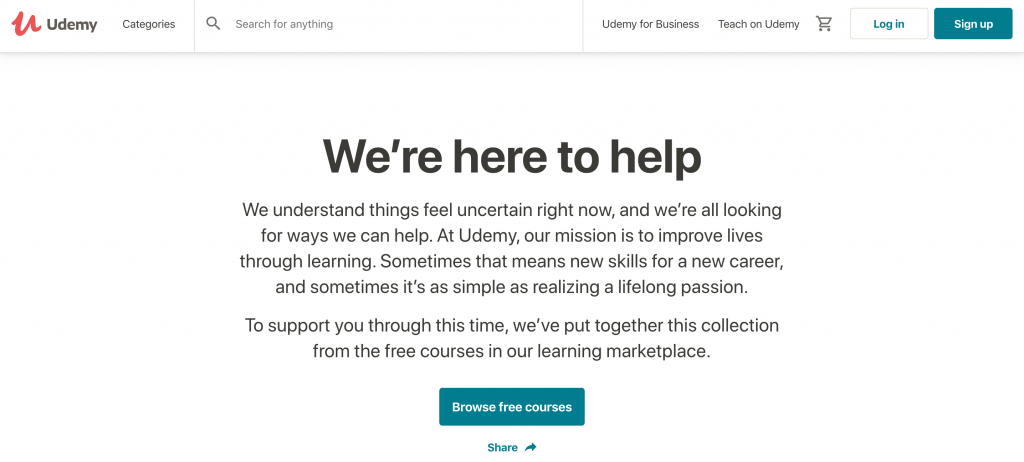
What’s in it for your business?
Many businesses are cutting back on their marketing efforts due to COVID-19, but what they should really be doing is doubling down and taking advantage of the new opportunities that are popping up.
For example, thanks to this ‘retreat and wait’ trend, keywords that were formerly outside the corporate PPC budget are now affordable.
This emphasis on digital marketing is not something that they’ll want to ease up on once the lockdown ends. Online shopping is not going to stop anytime soon, and most companies will find that web-based interactions are more convenient than in-person meetings.
Their stores will reopen, but now they have expanded the way that they do business and, in the process, adopted new ways of selling and engaging with customers.
While digital marketing may be regarded right now as a contingency plan, by the time this is over, everyone will likely realize that it’s more than an emergency coronavirus measure.
If a well-optimized website, well-planned marketing tools, and adoption of virtual communications can get a company through one of the worst public health emergencies in modern times, why can’t digital marketing make it practically unstoppable?

